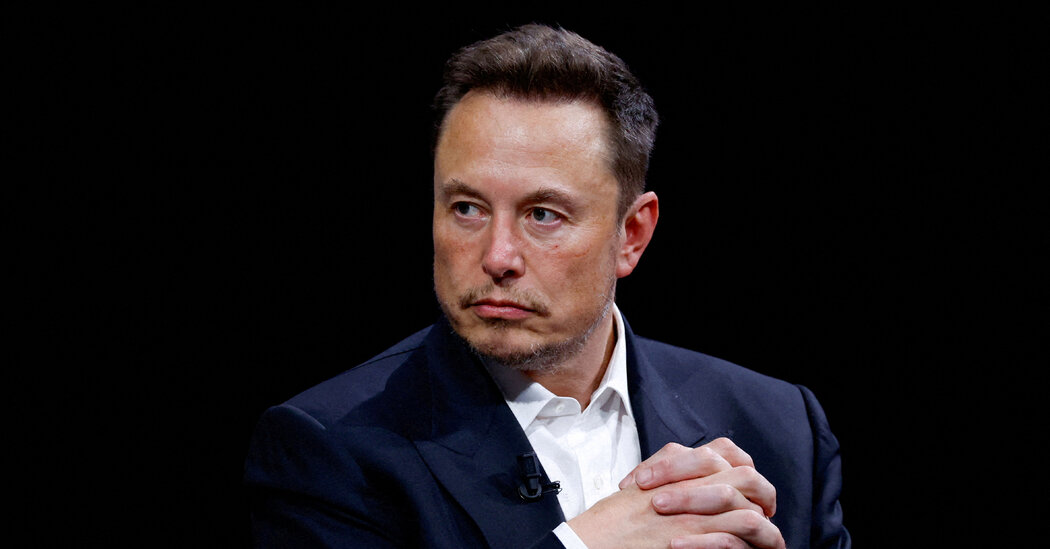Tesla says self-driving taxis will power its growth, but the company hasn’t said when such a service would be ready or how much it would increase profits.
As sales of its electric cars have fallen, Tesla and its chief executive, Elon Musk, have sought to convince Wall Street that the company’s future lies not in the grinding business of making and selling cars but in the far more exciting world of artificial intelligence.
In Mr. Musk’s telling, one of Tesla’s main A.I.-based businesses will be driverless taxis, or robotaxis, that can operate pretty much anywhere and in any condition. Tesla is very close to perfecting such vehicles and will easily secure regulatory approval to put them on roads, Mr. Musk said last week on a conference call to discuss the company’s second quarter results.
Mr. Musk’s vision of autonomous vehicles, or A.V.s, is not limited to cars that drive themselves. He has also claimed that individuals who buy Teslas would be able to make money when they are asleep or at work by letting the company use their cars as robotaxis.
The robotaxi service will, Mr. Musk has said, catapult Tesla’s stock market valuation, around $700 billion now, into the trillions of dollars.
But first, a lot will have to go right.
His idea would require major advances in technology and fundamental changes in the way people view cars. The experience of driverless taxi services like Waymo and Cruise in Phoenix, San Francisco and other cities raises questions about when such offerings will become profitable and how much money they will make.
Tesla’s technology will face stiff competition from Waymo, a subsidiary of Alphabet, the parent company of Google; ride-hailing services like Uber and Lyft; and Amazon’s self-driving business Zoox. Carmakers including General Motors, which owns Cruise, are also pursuing autonomous driving, along with Chinese tech and auto companies like Baidu and BYD.
